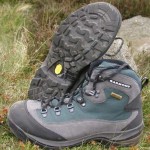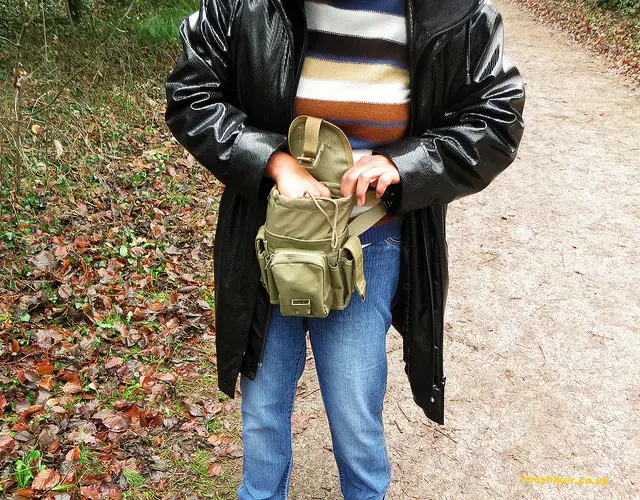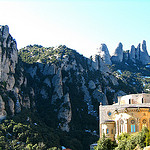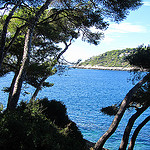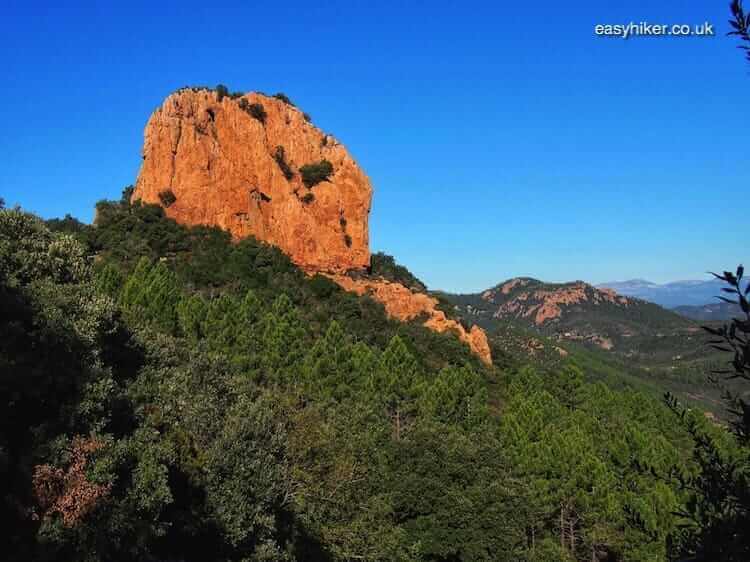What Easy Hiking Equipment to Have
If you want to play baseball, you need a bat, if you want to go fishing, you need a tackle (unless you are very quick with your hands). And if you want to go on a hike, even an easy hike, you also need some specific easy hiking equipment. Some of these you may already have, but some of it you will, inevitably, have to buy.
Rule number one in buying hiking equipment: Don’t skimp. There is a place for skimping, but for a hike of several days in an alien world (for this is what you are about to undertake) is not it.
In mountaineering, good equipment saves lives. In the less existentially challenging setting of an easy hike, good equipment saves holidays – and personal pride.
Think about it: how would you feel if you had to abandon your trail after the first day because of a painful, blood-filled blister on your foot?
1. You should invest, first of all, in a good pair of hiking boots.
Good means, above all, comfortable. Comfortable under all, even the most adverse circumstances. The worst thing on a hike is a shoe which turns against you. In the fight between shoe against man, the shoe will always win.
Hiking is not the same as walking on asphalt or a plain dirt track. Feet twist and turn much more on uneven terrain – which is why a good hiking shoe is hard underneath and flexible on top. So if you think that it would be a good idea to give the old pair of Hush Puppies another outing – the ones that have always been so comfortable on long walks in the municipal park, think again.
2. A good appropriate backpack
The second worst thing on a hike is a backpack that isn’t right. Most people already have a backpack at home: one they use for shopping or short trips, one they used long ago for school or university, or one that belongs to the kids. Bringing this backpack along for a hike is not necessarily a good idea.
Most importantly, your backpack should be large enough. Backpacks come, roughly speaking, in three different sizes. Top of the range are the large backpacks (50 litres and more) with additional headroom for sleeping pad, sleeping bag etc.
On the other end of the scale, you have the small-sized packs for day-walkers. Clearly, you will not want to bring one of this. Out of pride, if for no other reason. We may not be explorers (no tents, portable gas cookers and elephant guns), but we have not sunk that low either. We may be easy hikers, but we are still hikers.
What we want is a medium-sized back pack, one of those models with padded hip strings and proper chest belts. We also want a pack with many different pockets and compartments, even if we do not intend to use the “ice axe holder” or the “hiking stick bracket” for their (manufacturer-) designated purpose. There are always things we want to keep handy, and we don’t want to dig through our dirty underwear each time we feel like taking a sip from our water bottle.
Remember that hiking backpacks should be worn tight on the back. Their weight should be kept as close to your body as possible, since this will improve your agility and balance.
It would be a good idea to invest in a model that has a “body-ventilation” design that will allow your back to“breathe” and not trap that sweat wet on your back.
What you should consider too is that a backpack must provide a good fit on your back, that it should be light, convenient and easy-to-carry. Remember: you will be wearing it for eight, maybe ten hours a day. What is a slight discomfort now, will – at some stage during a full day of hiking – turn into something much, much worse.
3. You will need a rain-proof jacket
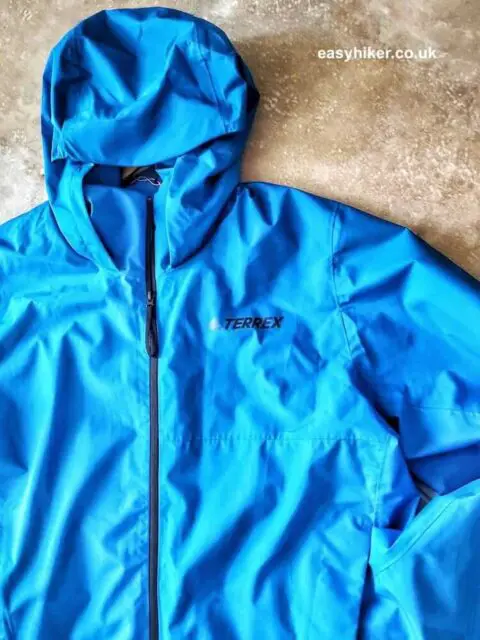
Again, this is an item of clothing most of us already own but might not be suitable for hiking. The jacket should be easily foldable into a small packet, for example, and not too heavy. You will not want it to occupy half the available space in your backpack.
Also, make sure that your jacket fits the purpose: for a hike in the Central European summer, for example, at heights of less than 1500 m above ground, you don’t need a jacket capable of withstanding temperatures of -50° C.
4. A pair of quick-drying pants
made from nylon, for example. Ideally one with many zippered pockets: because there is always something you would prefer to carry on your body rather than in your backpack.
Some people hike in jeans and accuse anyone who dares to question this of affectation and pedantry. Until they run into their first thunderstorm. Fact is that denim is the worst possible material to wear for hiking in the rain. As they say, it sure holds the water well.
5. A long-sleeved shirt with zippered pockets.
Even though the Central European forest may not be the Amazonian jungle, you will occasionally have to walk through high grass or low-hanging leaves – which is when you will be grateful for taking on my advice of not hiking in short sleeves. And remember: anything you carry in a pocket that you cannot close with either a zipper or a couple of buttons will eventually get lost during your hike. You have been warned.
6. And suitable hiking socks or at least thick socks
Buy yourself one pair for every day of your hike plus one pair in reserve. This is not a matter of personal hygiene. Few people like to put on yesterday’s socks for the next day’s hiking. The spare pair is mainly for the event that you will have to hike through the rain.
Be aware that thick socks can absorb a lot of water – and then some. Your reluctance to put on yesterday’s socks in the morning of your next day’s hiking will be even greater when those socks are wet. Trust me.
7. Bring a good map
Finally, to the issue of orientation. Easy trails (European hiking trails) are generally well marked, many of them so well (in Germany, for example) that you are actually quite unlikely to lose your way. Many of the easy hikers you will meet on these trails will, even on a hike of several days, not once need to consult their map – if indeed they have brought one.
Still, it would be irresponsible to set out without a map, not least because accidents happen, and if you stray off the trail, you are on your own. (Remember: this is not Piccadilly Circus. There is nobody you can ask for directions.) The best marking system in the world is unable to provider you with assistance if you can no longer see it.
A good map is in a scale larger than 1:25,000, which shows and identifies all foot paths in the area. Orientation, therefore, follows the principle of a city map: simply continue until you find an intersection, and then try to locate it on your map.
For this type of map reading, you don’t really need a compass. Although, you are, of course, free to bring one if it makes you feel better.

